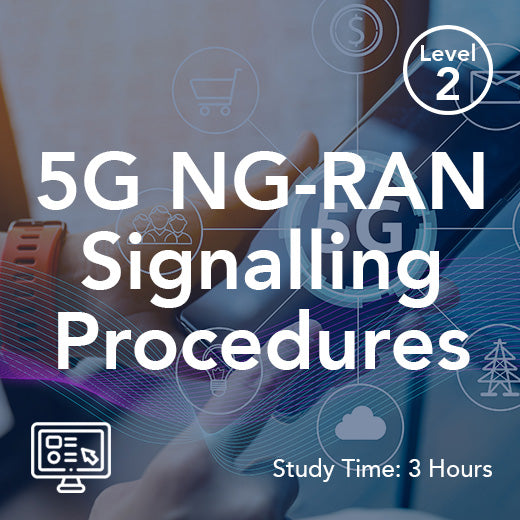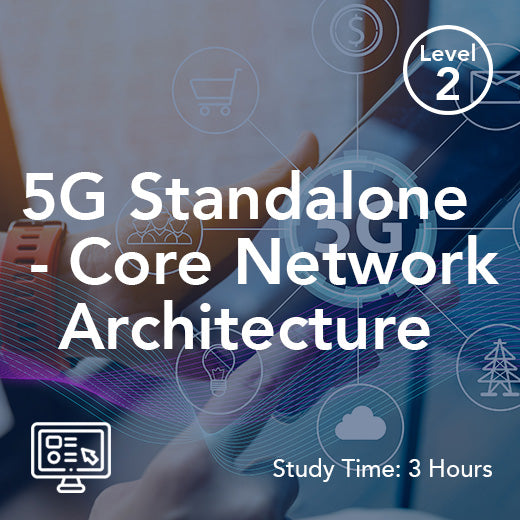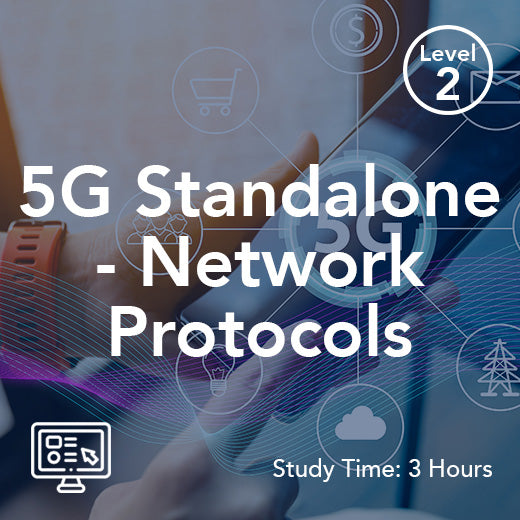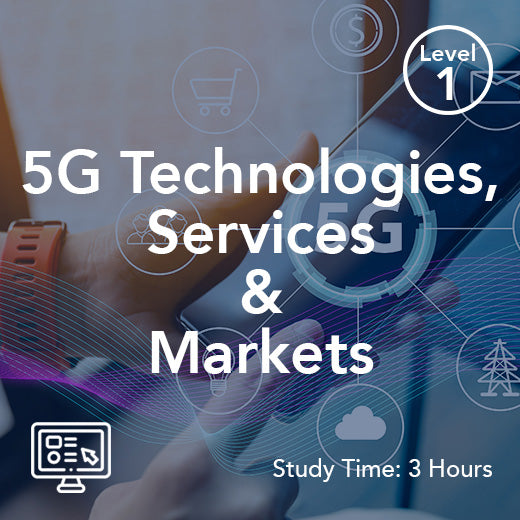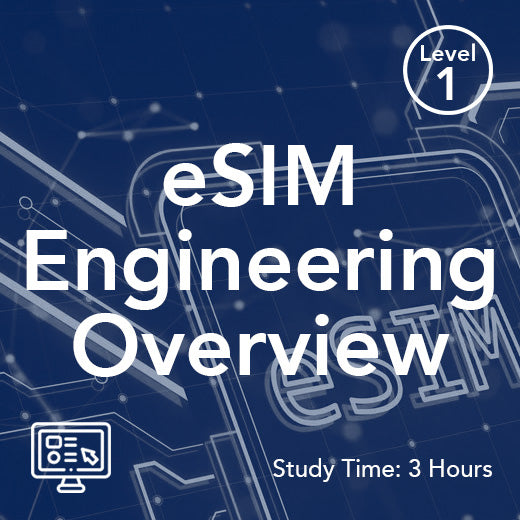Understanding LTE FDD Bands: A Simple Guide for Everyone
- , by Stephanie Burrell
- 15 min reading time
In today’s increasingly connected world, understanding the technology behind our wireless communication is more important than ever. MIMO, which stands for Multiple Input Multiple Output, and its advanced counterpart, Massive MIMO, are buzzwords you might have come across. These technologies play a crucial role in enhancing the capacity and efficiency of wireless networks, making them a staple in modern communication systems.
MIMO and Massive MIMO are considered key technologies that enable the high performance and advanced capabilities of modern wireless networks, especially in the context of 5G.
Whether you’re a tech enthusiast or just curious about how your mobile phone enjoys faster data speeds, this guide will demystify the concepts of MIMO and Massive MIMO. We’ll break down these terms into simple, digestible pieces, providing you with a clear and comprehensive understanding of their significance and application.
Introduction to MIMO
What is MIMO?
MIMO, or Multiple Input Multiple Output, is a technology used in wireless communication to enhance data transmission and reception. It involves using multiple antennas at both the transmitter and receiver ends. In contrast, traditional wireless systems often use a single antenna at the user device, making MIMO a significant advancement in wireless technology. By utilising several antennas, MIMO can send and receive more data streams simultaneously. This increases the capacity and speed of wireless networks. The concept is simple: more antennas mean more paths for data to travel, which can improve both network throughput and the reliability and efficiency of data transfer. In essence, MIMO exploits the spatial dimension of the wireless channel, allowing for more robust communication. This technology is pivotal in modern wireless systems, including Wi-Fi and mobile networks, providing users with faster connections and better performance. Understanding MIMO is crucial for comprehending how our devices maintain high-speed connectivity in today’s data-driven world.
Key Benefits of MIMO
MIMO technology offers several key benefits that significantly improve wireless communication. Firstly, it enhances data throughput. By leveraging multiple signal paths, MIMO can transmit more data simultaneously, resulting in faster download and upload speeds. This is especially beneficial in environments with high data demand, such as urban areas. Secondly, MIMO improves link reliability, making the wireless connection more stable and robust. Multiple antennas create redundancy, reducing the likelihood of signal loss and ensuring a more reliable connection, particularly in situations with interference or obstacles. Additionally, MIMO increases spectral efficiency, allowing more users to access the network without degrading performance. This optimises the use of available bandwidth, crucial in densely populated regions. Lastly, MIMO contributes to extended coverage and better performance in challenging conditions, such as in buildings with thick walls. Overall, MIMO plays a vital role in meeting the growing demands for high-speed, reliable wireless communication in various environments.
The Evolution to Massive MIMO
From MIMO to Massive MIMO
The transition from MIMO to Massive MIMO marks a significant advancement in wireless technology. Traditional MIMO systems use a few antennas to improve communication, but a massive MIMO system employs large antenna arrays—dozens or even hundreds—at the base stations, enabling much greater capacity and efficiency. This evolution in antenna use is primarily driven by the need to accommodate the ever-increasing demand for data and connectivity in modern communications.
A massive MIMO system, as an advanced wireless communication technology, offers features like spatial multiplexing and beamforming. It enhances the benefits of standard MIMO by further boosting network capacity and efficiency. It achieves this by allowing simultaneous data transmission to multiple users, effectively increasing the number of data streams handled at any given time. Additionally, Massive MIMO improves signal quality and reduces interference, thanks to precise beamforming techniques. This technology is instrumental in the deployment of 5G networks, providing the infrastructure necessary to support high data rates and low latency. Overall, the shift to Massive MIMO represents a leap forward in delivering robust, high-performance wireless communication.
Why Massive MIMO Matters for Spectral Efficiency
Massive MIMO is a game-changer in the realm of wireless communication, addressing critical challenges faced by modern networks. As a core component of 5G networks, Massive MIMO enables increased capacity and coverage, making it fundamental to next-generation infrastructure. Its importance lies in its capacity to significantly enhance wireless network performance. First and foremost, Massive MIMO dramatically increases data throughput, allowing more users to access high-speed internet simultaneously. This is crucial in densely populated areas where network congestion is a common issue. Moreover, Massive MIMO improves spectral efficiency, enabling better utilisation of available frequencies. This leads to more reliable and stable connections, even in environments with high interference. It also plays a pivotal role in reducing latency, a key requirement for emerging technologies such as autonomous vehicles and virtual reality. By providing stronger and more focused signal coverage, Massive MIMO enhances user experiences across various applications.
In summary, Massive MIMO is vital for supporting the next generation of wireless networks, ensuring they can meet the demands of a connected world. It is widely regarded as a promising technology for future wireless networks due to its ability to address growing connectivity needs and drive ongoing innovation.
How MIMO and Massive MIMO Work
Basic Principles of MIMO and Spatial Multiplexing
The basic principles of MIMO revolve around the use of multiple antennas to enhance wireless communication. At its core, MIMO technology involves both the transmitter and receiver equipped with multiple antennas. These antennas work together to send and receive multiple data streams simultaneously. This parallel transmission allows for greater data throughput and improved transmission reliability. One key concept in MIMO is spatial multiplexing, where different data signals are transmitted on the same frequency but via different spatial paths. This effectively multiplies the capacity of the wireless signal power per channel, making more efficient use of the available spectrum. Additionally, MIMO employs techniques like beamforming, which focuses the signal in a specific direction, enhancing signal strength and reducing interference.
How massive MIMO works is by using a large number of antennas to create multiple spatial channels, enabling simultaneous data streams for multiple users. This approach allows the system to transmit and receive several independent signals at once, significantly increasing network capacity and spectral efficiency, especially in multi-user scenarios.
The result is a more robust and efficient communication system that can support higher data rates and better performance, crucial for modern wireless applications.
Advanced Concepts in Massive MIMO
Massive MIMO builds on the foundational principles of MIMO by scaling up the number of antennas used, leading to several advanced concepts that enhance network performance. One such concept is spatial diversity, which exploits the large number of antennas to create multiple independent paths for data transmission. This improves signal robustness and mitigates the effects of fading and interference. Another critical concept is beamforming, which becomes more sophisticated in Massive MIMO systems. With a higher number of antennas, beamforming can be more precise, directing signals to specific users and improving coverage and efficiency. Additionally, Massive MIMO introduces the idea of user multiplexing, where data for several users can be transmitted concurrently over the same frequency. This dramatically increases network capacity and efficiency.
Massive MIMO relies on accurate channel estimation and advanced signaling strategies, such as the use of pilot signals, to optimize performance. Accurate estimation of the channel response is critical for effective beamforming and precoding in downlink massive MIMO, directly impacting downlink performance. Finally, channel state information (CSI) becomes crucial, allowing the system to adapt dynamically to changes in the environment, ensuring optimal signal quality and performance. These advanced concepts underpin the capabilities of Massive MIMO in modern networks.
Key Technical Aspects of Massive MIMO
Massive MIMO technology stands at the heart of next-generation wireless networks, delivering remarkable improvements in how data is transmitted and received. The defining feature of massive MIMO systems is the deployment of a large number of antennas at the base station, far exceeding what is found in traditional setups. This extensive antenna array enables advanced spatial multiplexing, allowing the network to send multiple data streams to multiple devices at the same time. By leveraging multi-user MIMO (MU-MIMO) techniques, massive MIMO technology can serve many users simultaneously, dramatically increasing network throughput and overall network capacity. These innovations not only boost the speed and reliability of wireless networks but also enhance energy efficiency, making it possible to support the ever-growing demand for mobile data. As a result, massive MIMO is a key enabler for the high-performance wireless networks of today and tomorrow.
Spectral Efficiency in Wireless Networks
Spectral efficiency is a vital measure of how effectively a wireless network uses its available bandwidth to transmit data. Massive MIMO systems excel in this area by utilizing a high number of antennas to focus energy precisely on each user, minimizing interference and maximizing the signal-to-noise ratio. This targeted approach allows massive MIMO technology to deliver more data over the same frequency band, making the most of limited spectrum resources. The benefits of massive MIMO are especially clear in crowded environments, where many users and devices compete for bandwidth. By improving spectral efficiency, massive MIMO systems enable wireless networks to support a larger number of users and devices without sacrificing performance, ensuring fast and reliable connections even in the busiest settings.
Energy Efficiency in Massive MIMO
While deploying a large number of antennas in massive MIMO systems might suggest higher power consumption, advanced signal processing and beamforming techniques help keep energy use in check. By intelligently directing wireless signals only where they are needed, massive MIMO systems can operate at lower power levels while still delivering strong, reliable connections. This focus on energy efficiency not only reduces operational costs but also supports the sustainability of wireless networks. As energy efficiency becomes increasingly important in network design, massive MIMO systems stand out for their ability to balance high performance with responsible power consumption, making them a smart choice for modern wireless communication.
Serving Multiple Users with Massive MIMO
One of the standout features of massive MIMO technology is its ability to serve multiple users simultaneously, thanks to multi-user MIMO (MU-MIMO) techniques and the use of many antennas. By transmitting multiple data streams to different users at the same time, massive MIMO systems significantly increase network capacity and throughput. This means that more people can enjoy high-speed, low-latency connections, even in densely populated areas. The ability to support multiple users and devices simultaneously is a key enabler for the next generation of wireless networks, ensuring that everyone—from individual smartphone users to large-scale IoT deployments—can stay connected without compromise.
Signal Processing in Massive MIMO
Signal processing is the engine that drives the efficiency and performance of massive MIMO systems. Techniques such as beamforming and spatial multiplexing allow the network to focus energy on specific users and transmit multiple data streams over the same frequency. These advanced methods help reduce interference and maximize network throughput. Additionally, the integration of machine learning and artificial intelligence into signal processing enables massive MIMO systems to adapt in real time, optimizing performance as network conditions change. By harnessing the power of multiple input multiple output (MIMO) technology, massive MIMO systems deliver efficient, high-capacity wireless communication that meets the demands of today’s connected world.
Real-World Applications
MIMO in Everyday Technology
MIMO technology is embedded into many devices that we use daily, enhancing their performance and connectivity. One of the most common applications is in Wi-Fi routers. Modern routers utilise MIMO to improve data throughput and provide a more stable connection, allowing multiple devices to connect simultaneously without compromising speed. Additionally, MIMO plays a vital role in mobile networks, particularly with the rollout of 4G and 5G technologies. The growing number of cell phone users and devices transmitting data places increased demands on wireless networks, which MIMO technology helps to address. It enables smartphones to achieve faster data speeds and improved call quality by optimising the use of available spectrum. User equipment, such as smartphones, benefits from MIMO technology by supporting advanced features and efficient feedback mechanisms. Beyond personal devices, MIMO is also used in smart home systems, ensuring seamless communication between various connected devices. Moreover, it is crucial for streaming services, where uninterrupted and high-quality video delivery is essential. By incorporating MIMO, these technologies provide users with enhanced experiences, demonstrating how integral MIMO has become in supporting the connectivity demands of contemporary life.
Massive MIMO in 5G Networks for Enhanced Network Capacity
Massive MIMO is a cornerstone of 5G networks, playing a critical role in achieving the high data rates and low latency that define this next generation of mobile communication. Massive MIMO networks are a critical wireless access technology in 5G, enabling network densification and supporting a large number of users and devices. By employing hundreds of antennas at base stations, Massive MIMO significantly increases network capacity, allowing more users to connect simultaneously without experiencing slowdowns. Massive MIMO deployment involves integrating large antenna arrays and base station antennas, with each massive MIMO base station utilizing many antenna elements to improve capacity and coverage. Deploying massive MIMO and massive MIMO arrays in higher frequency bands and with large bandwidth is essential for meeting the demands of machine to machine communication and other advanced applications. This is crucial in urban areas where demand for mobile data is intense. In contrast to current wireless systems, massive MIMO networks provide substantial improvements in communication link reliability and performance. Furthermore, Massive MIMO enhances spectral efficiency, ensuring optimal use of available frequencies, which is vital for maintaining the high performance expected from 5G services. It also facilitates advanced beamforming techniques, directing signals precisely to users, which improves coverage and reduces interference. As a result, 5G networks can support emerging technologies like augmented reality, autonomous vehicles, and the Internet of Things (IoT), which require reliable, high-speed connectivity. In essence, Massive MIMO is instrumental in delivering the robust and efficient network infrastructure needed for the digital future.
Future of MIMO and Massive MIMO
Emerging Trends and Innovations
As we look to the future, several emerging trends and innovations are shaping the evolution of MIMO and Massive MIMO technologies. One significant trend is the integration of artificial intelligence (AI) and machine learning into wireless networks, which can optimise MIMO performance by predicting user patterns and dynamically adjusting network resources. Additionally, there is a growing focus on energy efficiency, with researchers exploring ways to reduce the power consumption of MIMO systems without compromising performance. Optimizing transmit power is crucial for achieving higher spectral efficiency and significant energy savings in next-generation MIMO systems. Another area of innovation is in the development of reconfigurable intelligent surfaces (RIS), which can enhance radio signal, propagation and coverage by manipulating wireless signals in the environment. The role of single user MIMO (SU-MIMO) is also becoming more prominent, as it enhances signal quality and throughput for individual users by focusing on their specific data streams and optimizing receiver signal strength. Furthermore, the expansion of Massive MIMO into higher frequency bands, like millimetre waves, promises to unlock even greater data capacities and speeds. Addressing the challenges of frequency division duplexing (FDD), particularly for channel estimation and pilot contamination, is a key research area, as FDD systems require separate uplink and downlink channel state information, making efficient channel estimation more complex. These advancements are expected to play a pivotal role in meeting the demands of future communication networks, ensuring they can support an increasingly connected world.
Challenges and Opportunities Ahead for Energy Efficiency
As MIMO and Massive MIMO technologies continue to evolve, they face several challenges, but also present numerous opportunities. One major challenge is the complexity of deployment and management, as the increasing number of antennas requires sophisticated algorithms and processing power to function effectively. The way a signal propagates through the environment—affected by reflections, obstacles, and interference—can significantly impact the performance and reliability of MIMO and Massive MIMO systems. Additionally, there are concerns about the cost and feasibility of scaling up infrastructure to support Massive MIMO, especially in rural or less developed areas.
The ongoing evolution of cellular communication is driving the need for advanced solutions, and MIMO technologies are at the forefront of addressing new challenges in this field. On the opportunity side, there is significant potential for these technologies to revolutionise network capacities and deliver unprecedented speeds, particularly as the world moves towards widespread 5G adoption. Furthermore, as demand for connectivity grows, particularly with the rise of IoT devices, MIMO technologies are poised to provide the necessary bandwidth and reliability. Addressing these challenges through innovation and strategic investment could unleash the full potential of MIMO and Massive MIMO, paving the way for a more connected future.
More from Wray Castle
Telecoms Glossary
Webinars
School of ICT Technology
School of ICT Management
LTE Training Courses



